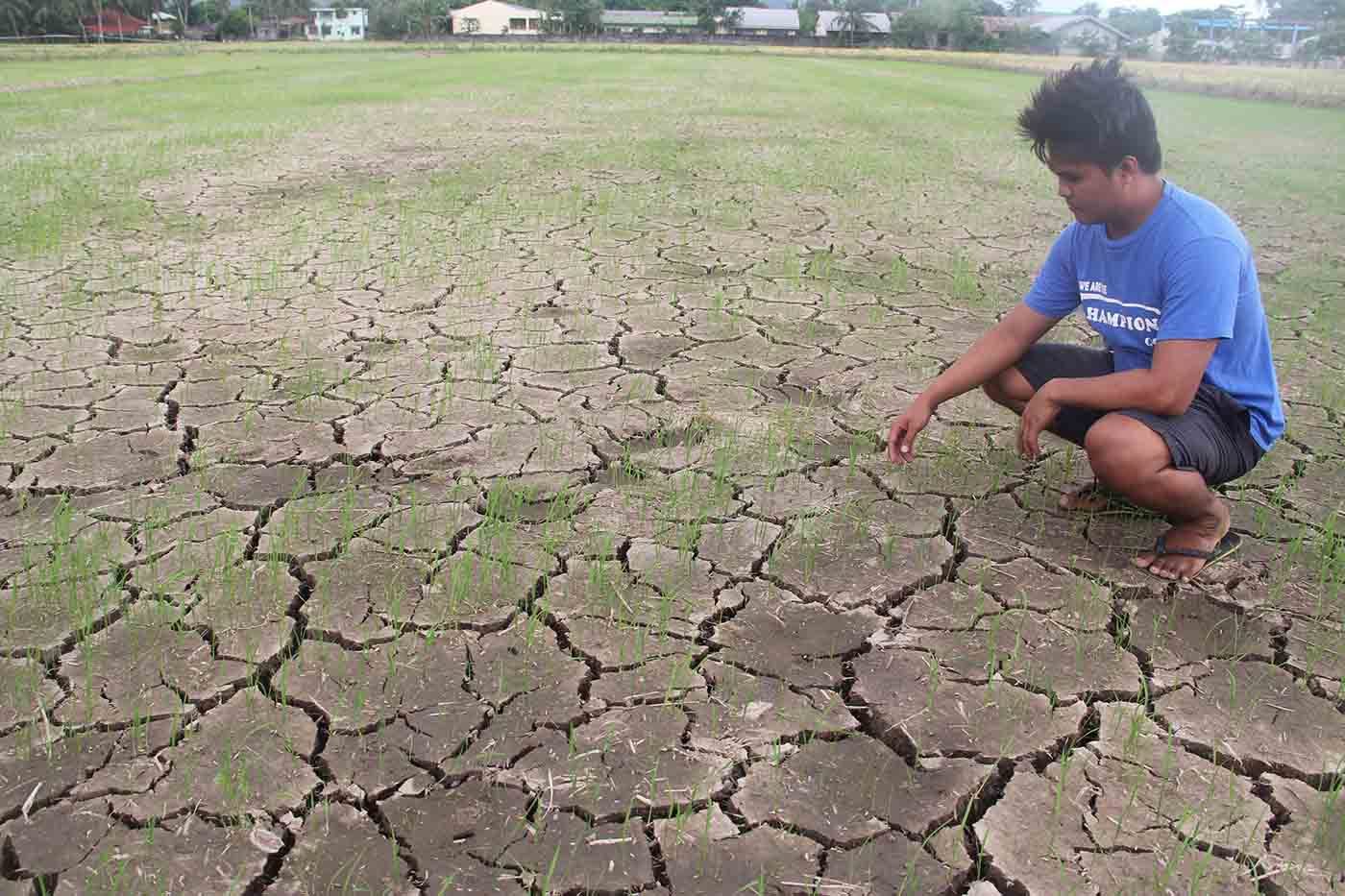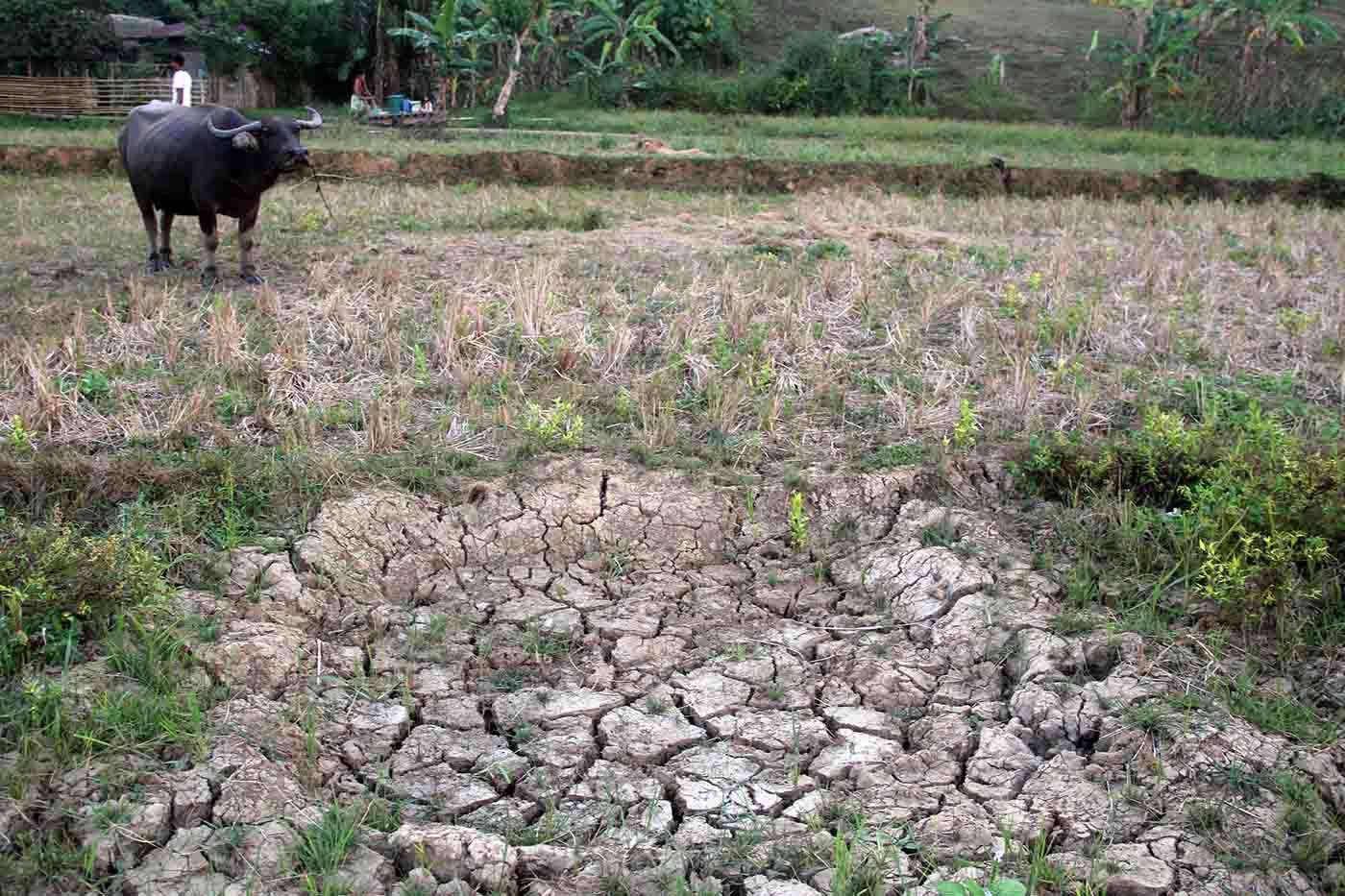SUMMARY
This is AI generated summarization, which may have errors. For context, always refer to the full article.

LEGAZPI CITY, Philippines – Bicol’s rice production has been affected by the El Niño phenomenon, as more than 1,000 hectares of riceland have become barren and unproductive due to drought.
Ed Yu, spokesman for the National Irrigation Administration in Bicol, said El Niño badly affected Bicolano farmers’s rice production, especially in Albay, Camarines Norte, Camarines Sur, and Sorsogon.
Among Bicol’s 6 provinces, Camarines Sur has the highest amount of farmland affected by El Niño at 610 hectares. Sorsogon has 281 hectares of land affected, while Camarines Norte has 276 hectares affected and Albay has 195 hectares affected.
In total, some 1,362 hectares of land have been affected by El Niño.
Yu said this amounts to at least P93 million lost for the first cropping alone at an estimated 80 bags minimum rice yield per hectare, bringing about a negative impact to both the food production and income of local farmers.

Silvestre B. Bonto, the regional chairman of Bicol Region Confederation of Irrigators Association (BIRCIA) and the chairman of the National Confederation of Irrigators Association of the Philippines (NIA), said the El Niño phenomenon badly affected rice production across the Philippines as half of the country’s riceland turned barren, specifically in the Mindanao region.
Bonto explained, “About 50% to 60% of the country’s rice farm is irrigated while 40% is un-irrigated. Unfortunately haff of the irrigated riceland is waterless to date due to impact of El Niño.”
He added that the government should look into ways to mitigate El Niño, such as by developing an underground water reservoir in water-less regions. In the event of a dry spell, impounded water could be used in low-lying areas for farming through pumping, he said.
To aid Bicolano farmers and mitigate the effect of extreme weather, Bonto said NIA “has allocated P1.050 billion funds for irrigation in Bicol region to address the water shortage for farming. Our agency initiated rehabilitation and repair of irrigation facilities and structures for the long-term mitigating measures on a yearly basis since 2010.”
As of December 31, 2015, 137,317 hectares have already been provided with irrigation facilities, leaving 102,343 hectares in Bicol without irrigation in Bicol. Currently, this means 57.30% of the 239,660 hectares in Bicol have irrigation facilities to mitigate El Niño. – Rappler.com
Add a comment
How does this make you feel?
There are no comments yet. Add your comment to start the conversation.